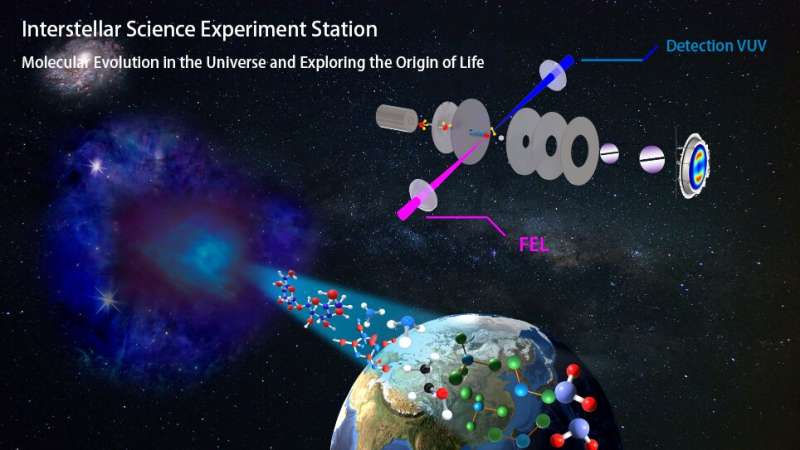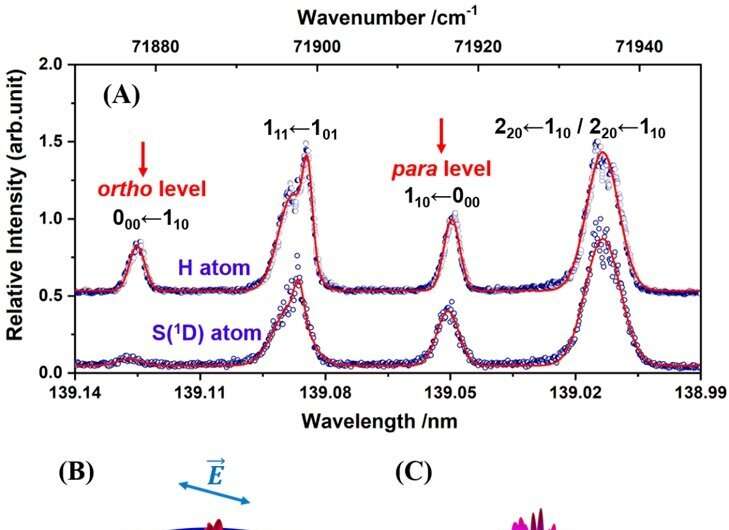This article has been reviewed according to Science X's editorial process and policies. Editors have highlighted the following attributes while ensuring the content's credibility:
fact-checked
trusted source
proofread
Recent advances in vacuum ultraviolet photochemistry of astrochemically important small molecules

The photodissociation of an isolated molecule from a well-defined initial quantum state provides a lens through which one can investigate how and why chemical reactions occur, and provides numerous opportunities for fruitful, synergistic collaborations with high level ab initio quantum chemists. The chosen molecules in this review, their photofragments, and the subsequent chemical reaction networks to which they can contribute, are all crucial in planetary atmospheres and in interstellar and circumstellar environments.
Kaijun and Michael, together with Prof. Xueming Yang, highlight recent photodissociation investigations of selected triatomic molecules (H2O, H2S, CO2, OCS and CS2) enabled by the vacuum ultraviolet free electron laser (VUV-FEL) at the Dalian coherent light source (DCLS); highlight the recently recognized central atom elimination process that is shown to contribute in all of these triatomic molecules; highlight some of the potential implications of this rich photochemistry to our understanding of interstellar chemistry and molecular evolution within the universe.
"The review just a fraction of the molecules for which the VUV-FEL light source has enabled new and detailed photodissociation dynamics studies, focusing particularly on triatomic systems of importance in planetary atmospheres and in interstellar and circumstellar environments. The chosen examples demonstrate advances of an FEL source for studies of molecular photochemistry: It affords ready availability of short photolysis wavelengths, simplifies studies of different target molecules over wide wavelength ranges in an even-handed way, and thereby facilitates the identification of hitherto unrecognized fragmentation pathways," Kaijun says.

The review of molecular photochemistry may inspire future research directions in areas related to chemical reaction dynamics and astrochemistry that will be enabled by increased access to VUV-FEL sources.
The review paper is published in the journal National Science Review, and is written by Prof. Kaijun Yuan (State Key Laboratory of Molecular Reaction Dynamics and Dalian Coherent Light Source, Dalian Institute of Chemical Physics, Chinese Academy of Sciences) and Prof. Michael N. R. Ashfold (School of Chemistry, University of Bristol).
More information: Yao Chang et al, Exploring the Vacuum Ultraviolet Photochemistry of Astrochemically Important Triatomic Molecules, National Science Review (2023). DOI: 10.1093/nsr/nwad158
Provided by Science China Press





















